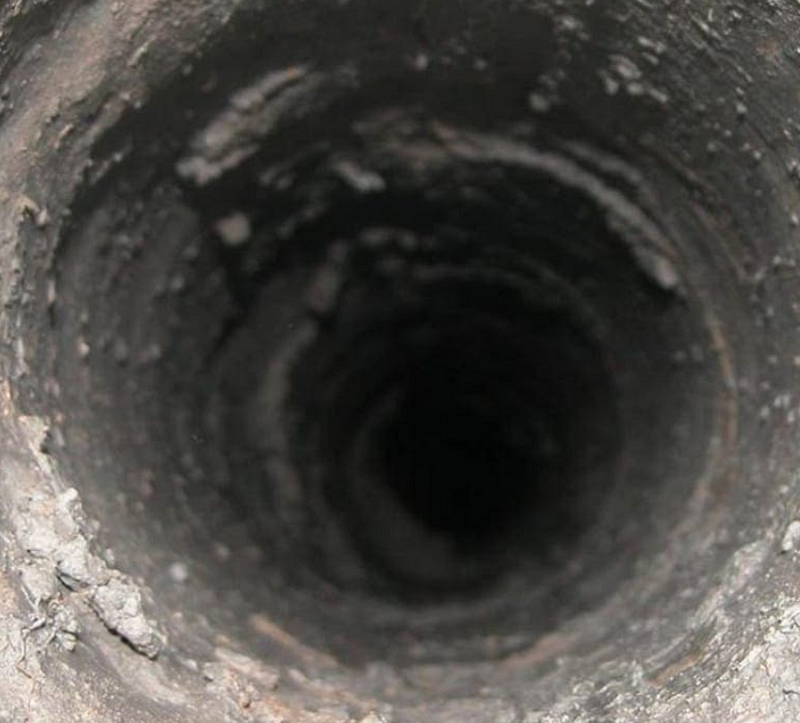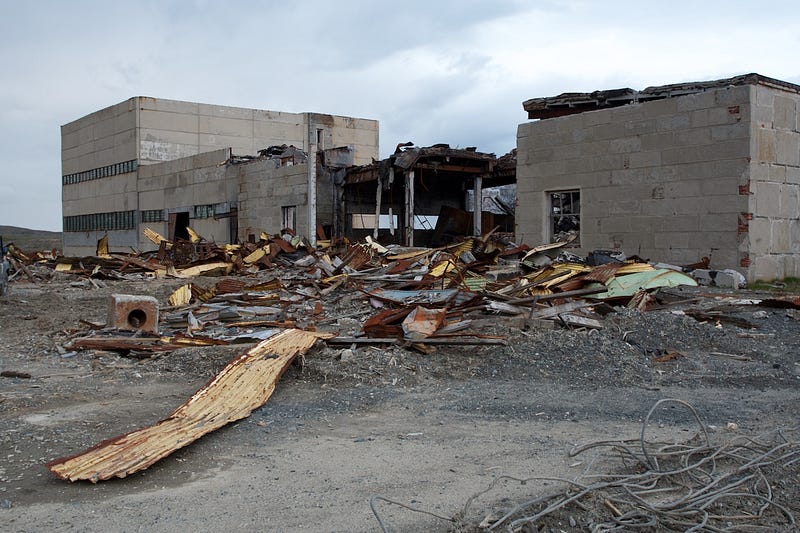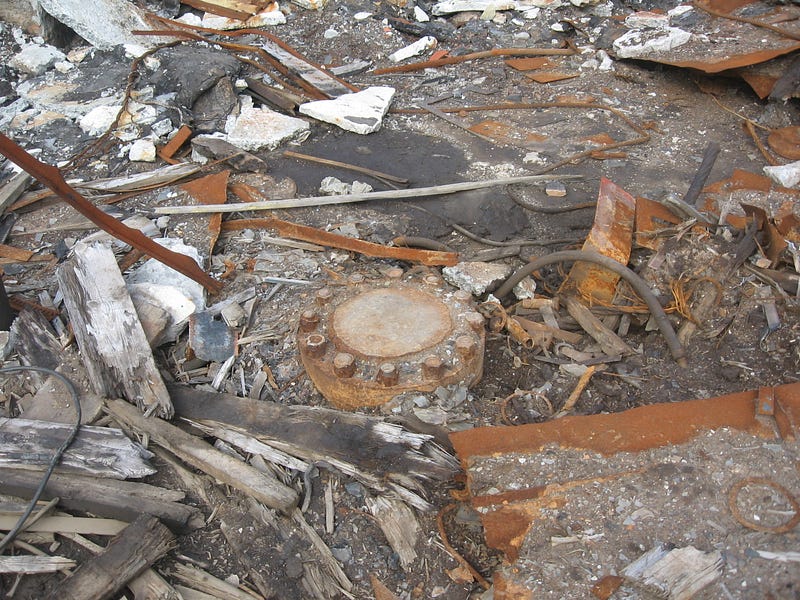# Exploring the Challenges of Drilling the World's Deepest Hole
Written on
Chapter 1: The Ambitious Kola Superdeep Borehole Project
The tale of the Kola Superdeep Borehole in Russia highlights the tremendous difficulties faced in reaching the Earth's depths. The Soviet Union embarked on this mission in the 1960s, aiming to penetrate the Earth's mantle, which comprises 40% of its total mass. This endeavor coincided with the space race, with a grand ambition to drill down 6,730 kilometers to the Earth's core, leading to the creation of the Kola Borehole. Though the project faced significant obstacles, it also yielded unexpected scientific insights.
This initiative began in 1970 on the Kola Peninsula, a remote and harsh arctic area with a dwindling population.

Initially, the project started with a single 7-inch pipe, but it eventually expanded to include three separate boreholes. The additional holes arose out of necessity when a catastrophic setback occurred: a two-mile drilling pipe broke and plummeted half a mile into the borehole. After months of work, a second mile-long pipe met a similar fate, forcing the team to start anew. This series of events turned the project into a significant engineering challenge.
The deepest of the three holes, known as SG-3, reaches a remarkable depth of 7.5 miles and has a diameter of nine inches, plunging deeper than the Mariana Trench, the deepest point of the ocean.
Section 1.1: Discoveries Beneath the Surface
The scientists conducting this ambitious drilling project made groundbreaking advancements in geological understanding. Typically, rock samples are altered once they reach the surface, leading to inaccurate readings. However, by taking measurements deep underground, the Soviets made strides in geology and geophysics that have yet to be replicated.
Despite the scientific achievements, the project faced constant financial hurdles. It struggled to secure funding, requiring the team to persuade investors and government officials of the project's worth: “But why are we drilling this hole?”
Subsection 1.1.1: Unexpected Geological Findings
As scientists delved deeper, their expectations of a clear layering of rocks turned out to be overly simplistic. Instead of distinct layers, they discovered that rocks gradually transformed due to heat and pressure. This “metamorphosis” resulted in a seamless transition from one rock type to another, contrary to the anticipated sharp boundaries.
Moreover, the researchers stumbled upon significant water deposits at great depths, which was surprising given that high pressure typically pushes water closer to the surface. Perhaps most astonishing was the discovery of microscopic plankton fossils located 3.7 miles down, dating back 2 billion years. These findings serve as indicators of early life on Earth, suggesting that the depths may conceal even more secrets.

Chapter 2: The Engineering Nightmares
As the drilling progressed, the team encountered severe challenges. Near the bottom of the borehole, temperatures soared to 360 degrees Fahrenheit, far exceeding their initial expectation of 212 degrees. The friction generated during drilling produced additional heat, causing drill bits to melt and jam. When they attempted to bring the drill back up, the borehole began to close, as the rock at those depths behaved more like a viscous substance.
Most alarmingly, they witnessed mud spewing from the borehole—this mud was rich in hydrogen and provided a stark reminder of how inhospitable the Earth's interior can be. The situation grew more dire as the combination of ongoing budgetary issues and the creation of a small man-made volcano rendered the project increasingly unfeasible. Ultimately, after 24 years of effort, the project was abandoned.
Section 2.1: Visiting the Kola Superdeep Borehole
Today, the Kola Superdeep Borehole stands as a testament to scientific ambition, albeit located in a remote area that poses challenges for visitors. Situated just north of the crumbling Arctic town of Zapolyarny, access involves navigating rocky, pothole-ridden roads that become muddy in spring.

Upon approaching the borehole, one might find it surprisingly unremarkable, set against a backdrop of debris.

While the borehole itself is not accessible for falling, should one manage to drop into it, the descent would take approximately 50 seconds. Holding the record for the deepest artificial hole at 12,262 meters below the Earth's surface, it remains a peculiar chapter in Soviet history and a critical milestone for scientific inquiry.
The overarching lesson learned from this endeavor is clear: the Earth is not welcoming to those who seek to penetrate its depths. Any narrative about drilling to the Earth's core is purely science fiction, illustrating the contrast between our ability to explore outer space and the challenges we face in reaching the inner layers of our planet.